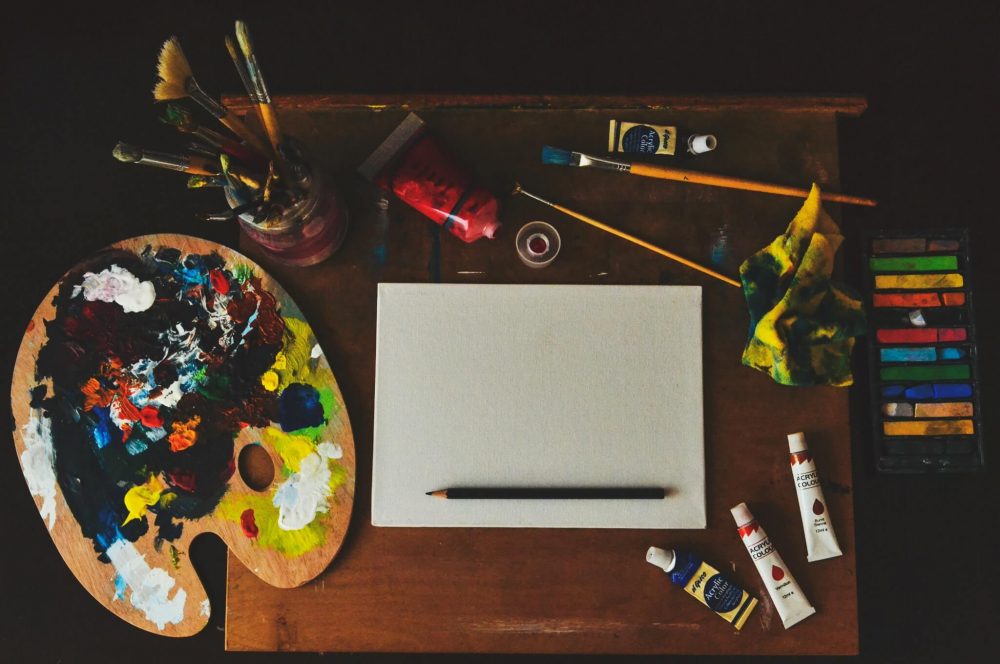The Psychology of Colour
Experts have studied how ink colour, or the colour of a garment, contributes to the overall impact and actual effect on our psychology. It influences the viewer and the wearer.
How colour affects our psyche is one of the most highly debated subjects in design today. Retailers find that colour has a significant impact on shoppers deciding on garments, in just a matter of seconds, affecting the selection the shopper makes.
GetBold wants you to know why colour psychology is critical and how it affects the feelings and the reactions of others.
Colour Makes an Impression
Colour is an integral part of the overall effect that your brand projects, as an image on a garment, which is also determined by the actual colour of the garment. Colour can direct our attention, determining how we think or feel. One way that colour can affect people psychologically is by attracting them. With more and more products competing for attention, it is more challenging to stand out. An overwhelming percentage of a customer’s decision is based on colour.
Reactions to Colour Are Subjective
This is not an exact science. Many factors do come into play, and it varies dramatically. Just as people are different, say because of different life experiences, so too are their reactions and perceptions.
Your brand or statement isn’t all about colour. Symbology, messaging, language, and even circumstances all come into play. Colour is, however, an integral part of the message and the impact the garment has. There are some prevalent feelings about certain colours. They have even come to symbolize certain sectors of business. For instance, blue can be perceived as corporate; green is frequently used in financial applications.
Common Colours and Their Associations
More specifically, broken down, colour does cause some common perceptions amongst specific audiences. Darker and colder colours tend to connote drama or mystery, whereas lighter, brighter colours may have a cheerier or uplifting quality.
Here are some examples of colours and their associations:
Orange is a secondary colour resulting from a mixture of red and yellow (in varying degrees). It is a colour that can be used to energize or to excite. Orange is a vibrant colour that is said to energize brain function. It is frequently used to motivate.
Red, one of the primary colours, is the quintessential colour for passion. Red is a real attention-getter. This colour can be used amid muted tones to call attention to a subject. Use it carefully as this is a bold and aggressive colour.
Yellow is another primary colour and has always had a close association with the sun. Yellow is used to create an uplifting feeling of joy and warmth. Because of human’s physical associations with this colour, its effect is very easily felt.
Green is a secondary colour comprised of varying percentages of yellow and blue. This colour is typically associated with nature. It also a colour that symbolizes growth and well-being. In many cultures, it is also used to signify wealth.
Blue, yet another primary colour, it is frequently used in brand identity for its reference to stability and trust. If you want to communicate that your company is dependable, blue is a colour to consider strongly.
Black is a combination of all of the colours. Associated many times with mystery, it is also used to project a feeling of control. Black is a pretty serious selection. It can launch a kind of finality, like death. It is also sophisticated as a favourite choice in the fashion industry.
The effects and descriptions vary. Many times, impressions are the result of colour combinations and how one colour plays off of another. Colours, like many things, have relationships, either complimenting, clashing, or muddying up each other. Some colour combinations are pleasing and dramatic, while others don’t work.
GetBold won’t Let your Colour options Psych You Out. Our experienced staff offers excellent insight into how colour can affect your identity or message and help project your intended impression.




